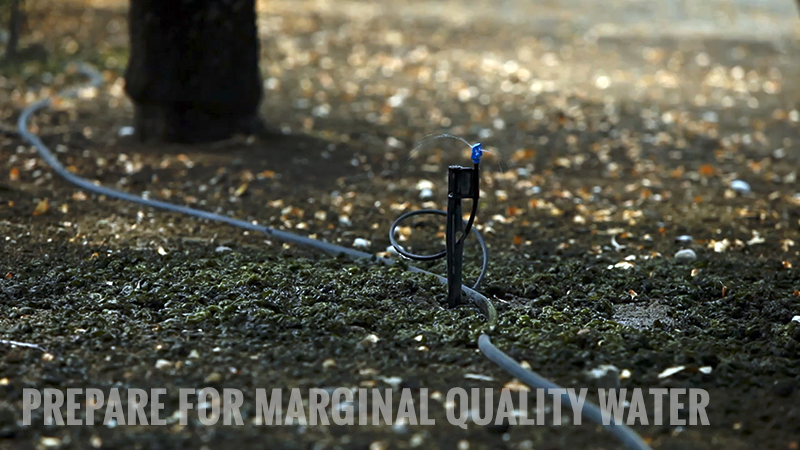Better Tubers Equals Better Potatoes

New research from Brigham Young University on slow-release fertilizer applications in potatoes has shown higher yields and quality from nitrogen (N) fertility programs that include a slow-release fertilizer compared to conventional programs using only urea as the sole N source. Conducted over a two-year period, the studies demonstrated that Nitamin Nfusion (slow-release fertilizer) and UAN (urea, ammonium, nitrate) blend applied at two-thirds of the standard N rate increased total yield of potatoes by up to 45 cwt per acre, over both low and high rates of urea.
Manufactured by Georgia-Pacific and primarily distributed by Wilbur-Ellis Co., Nitamin Nfusion is a 22-0-0 liquid slow-release N fertilizer composed of methylene urea polymers and triazone with 94% slowly available N. It is blended with conventional liquid N fertilizers such as UAN or CAN 17, and the final blend typically contains approximately 20% to 40% of its N. It provides growers with a product that has readily available and slowly available N sources, thereby helping to overcome some of the limitations associated with conventional N fertilizers.
“In general, we saw in both years that conventional fertility programs that integrated slow-release fertilizer products resulted in better yields and tuber quality with a lower rate of N,” says Dr. Bryan Hopkins, professor of plant and soil sciences at Brigham Young University in Utah. “This shows our N efficiency is increasing, so that’s an environmental benefit. Plus, it’s more affordable for the grower if he can use less N while substantially increasing yield and quality.”
For most potato growers, economics plays a major role in choosing a fertility program. Nitrogen efficiency is essential for managing the high cost of fertilizer while ensuring that plants receive adequate amounts of N at the right times during the growing season.
Another benefit of using a slow-release fertilizer is that benefits were obtained with only one in-season N application at tuberization, compared to four split applications of urea.
Calculations by Hopkins indicate that the higher yields realized with Nitamin Nfusion treatments increased gross return per acre by up to $312 over the conventional urea-only treatments. In addition to increasing total yield, the slow-release fertilizer treatments produced an increase of 80 cwt per acre of U.S. No. 1 yield and tubers greater than 6 ounces in some studies. At one site, there was also a significant reduction in brown center compared to urea-only treatments.
In Hopkins’ study, the treatments were applied using a total N rate of 160 pounds of N per acre, which was 66% of the standard N rate of 240 pounds of N per acre in the “high” conventional urea treatment. In the Nitamin Nfusion treatments, 80 pounds of N were applied pre-emergence as urea. The second application of 80 pounds of N per acre applied at tuberization included 40 pounds of N from Nitamin Nfusion and 40 pounds of N from UAN solution. An additional urea treatment applied at 160 pounds of N per acre was included as a “low” rate grower standard program for competitive purposes.










